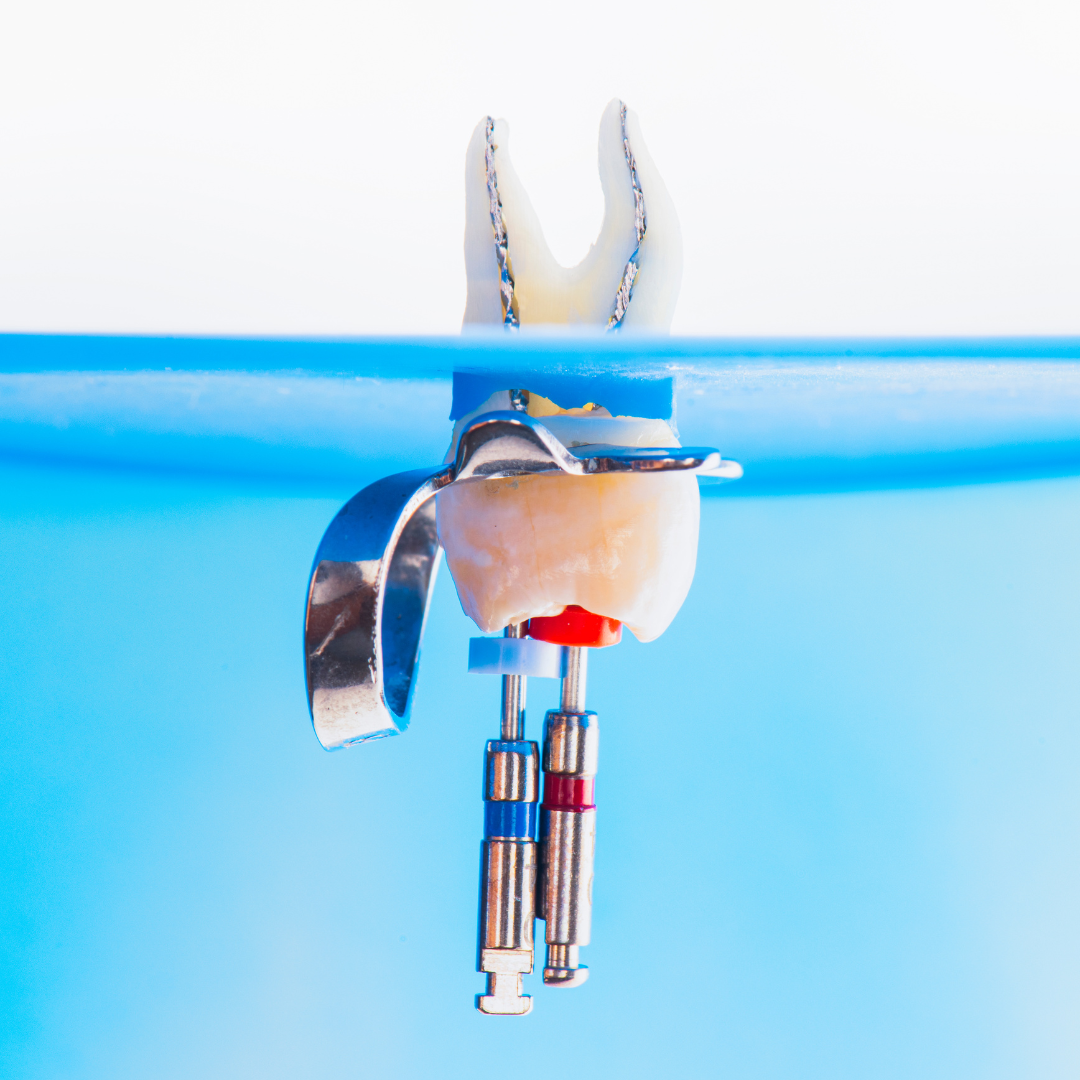+919790726189

This is your website preview.
Currently it only shows your basic business info. Start adding relevant business details such as description, images and products or services to gain your customers attention by using Boost 360 android app / iOS App / web portal.

Missed Canals in Root Canal Treatment and Their Implications- Dr Bharathi Dental clinic and Implant centre Root canal treatment (RCT) is a highly effective procedure designed to eliminate infection and preserve natural teeth. However, the long-term success of an RCT heavily depends on the complete identification, cleaning, shaping, and filling of all the root canals within a tooth. One of the most common causes of root canal failure is missed canals—tiny, often hidden passages that escape detection during treatment. What Are Missed Canals? A missed canal is a root canal that remains untreated during the procedure. Human teeth often have complex and variable internal anatomy. For example, the upper first molar frequently has a fourth canal (MB2) that can be easily overlooked. Similarly, mandibular molars may have additional canals in the mesial or distal roots. These canals can be narrow, curved, or hidden behind calcified tissue, making them difficult to locate, especially without advanced diagnostic tools. Why Are Missed Canals a Problem? When a canal is missed, it means a portion of the tooth’s internal tissue remains untouched. This retained tissue can harbor bacteria, leading to: Persistent infection Pain or swelling post-treatment Periapical lesions (infection at the root tip) Treatment failure and need for retreatment Even if the other canals are properly treated, the untreated canal can continue to cause issues, sometimes months or even years after the initial RCT. Signs That a Canal May Have Been Missed Persistent symptoms after root canal (pain, sensitivity, swelling) Radiographic signs of periapical pathology A history of repeated abscesses in the same tooth Tooth discoloration or mobility Diagnostic Tools to Detect Extra Canals Modern dental practices employ advanced tools to improve canal detection, such as: Dental operating microscopes for enhanced visualization CBCT (Cone Beam Computed Tomography) imaging for 3D views of tooth anatomy Ultrasonic instruments to explore hidden or calcified canals These technologies significantly reduce the risk of missed canals and increase treatment success. Management of Missed Canals If a missed canal is suspected or confirmed, re-root canal treatment (Re-RCT) is the preferred approach. The old filling material is removed, the canals are re-explored and cleaned, and the tooth is refilled and sealed. In some cases, if nonsurgical retreatment is not feasible, apical surgery (apicoectomy) may be needed to remove the infected root tip. Conclusion Missed canals are a leading cause of root canal failure and can result in persistent pain and infection. However, with careful diagnosis, use of modern technology, and skilled execution, they can be prevented or successfully treated. Choosing an experienced endodontist and prioritizing follow-up care is key to ensuring long-term success in root canal therapy. Dentists in West Mambalam Dentists in Ashok Nagar Best dentist near me Best Dental Clinics in West Mambalam Oral surgeon in West Mambalam Dental Implants in West Mambalam Oral surgeon in Ashok Nagar Gum specialist in West Mambalam Periodontist in Ashok Nagar Best root canal specialist in West Mambalam Best root canal specialist in Ashok Nagar Root canal treatment in West Mambalam

